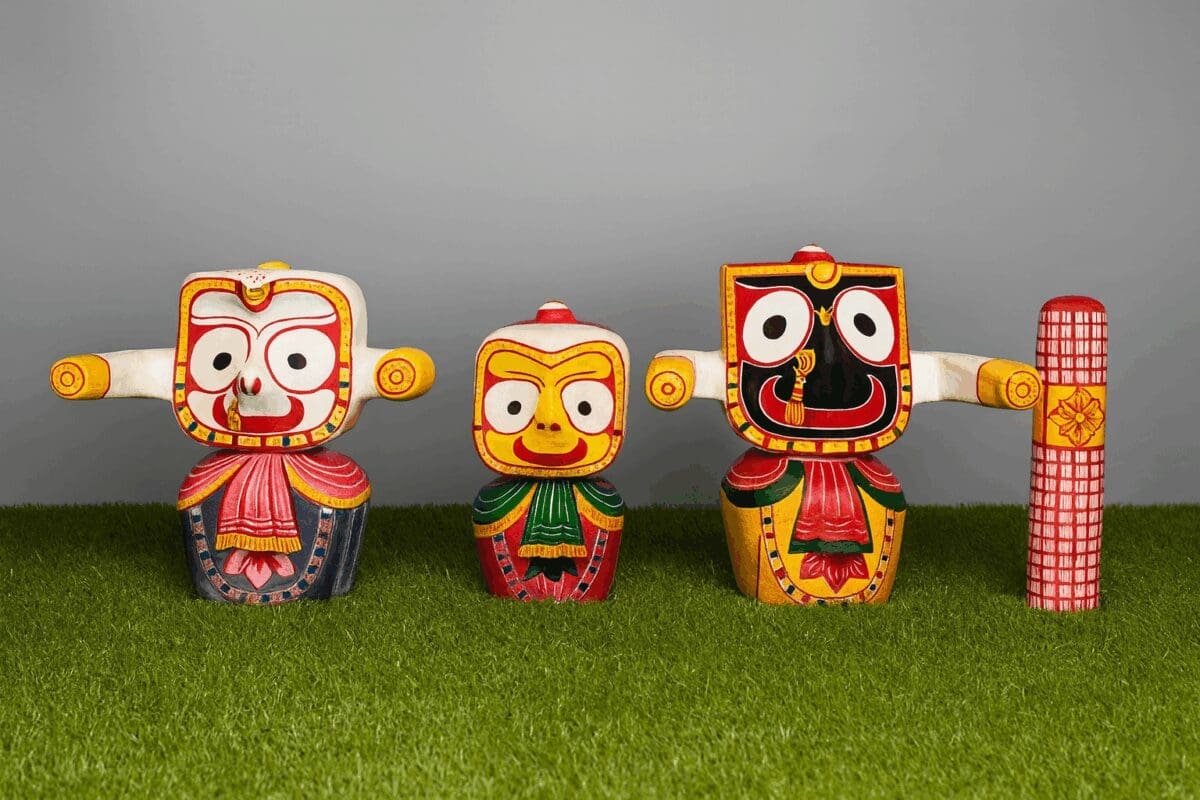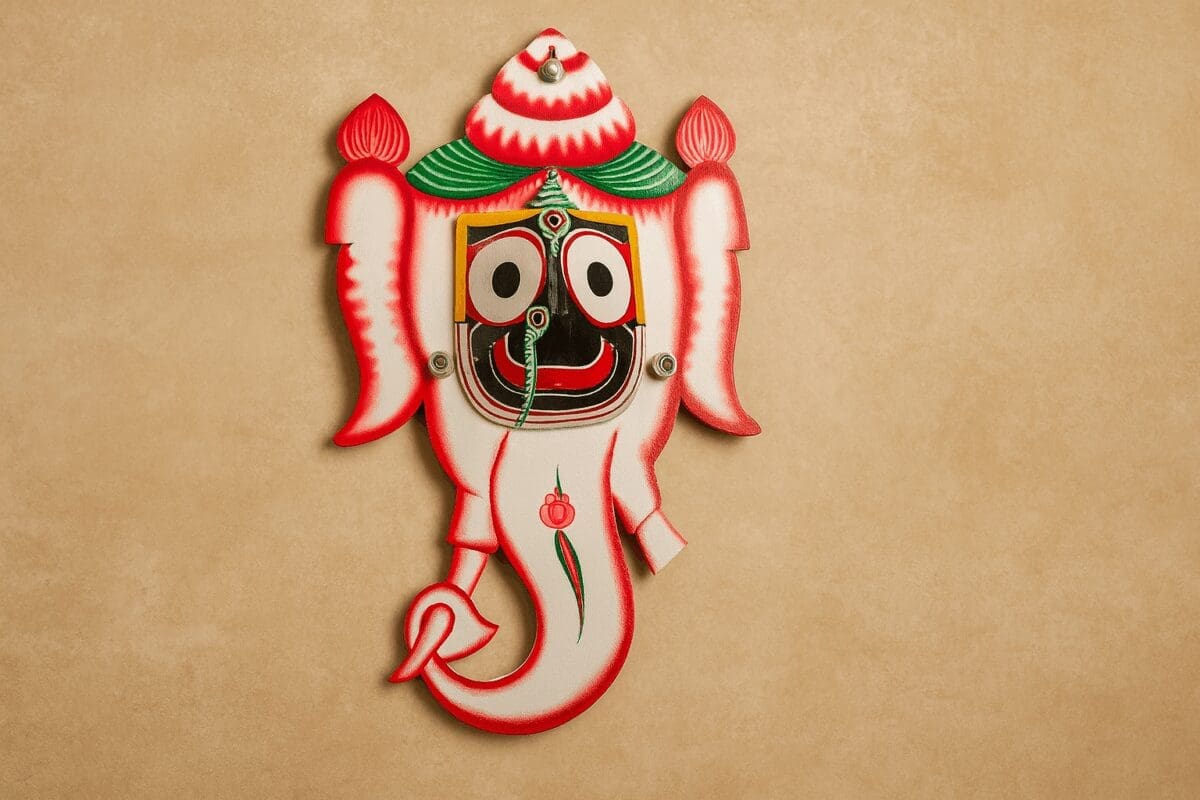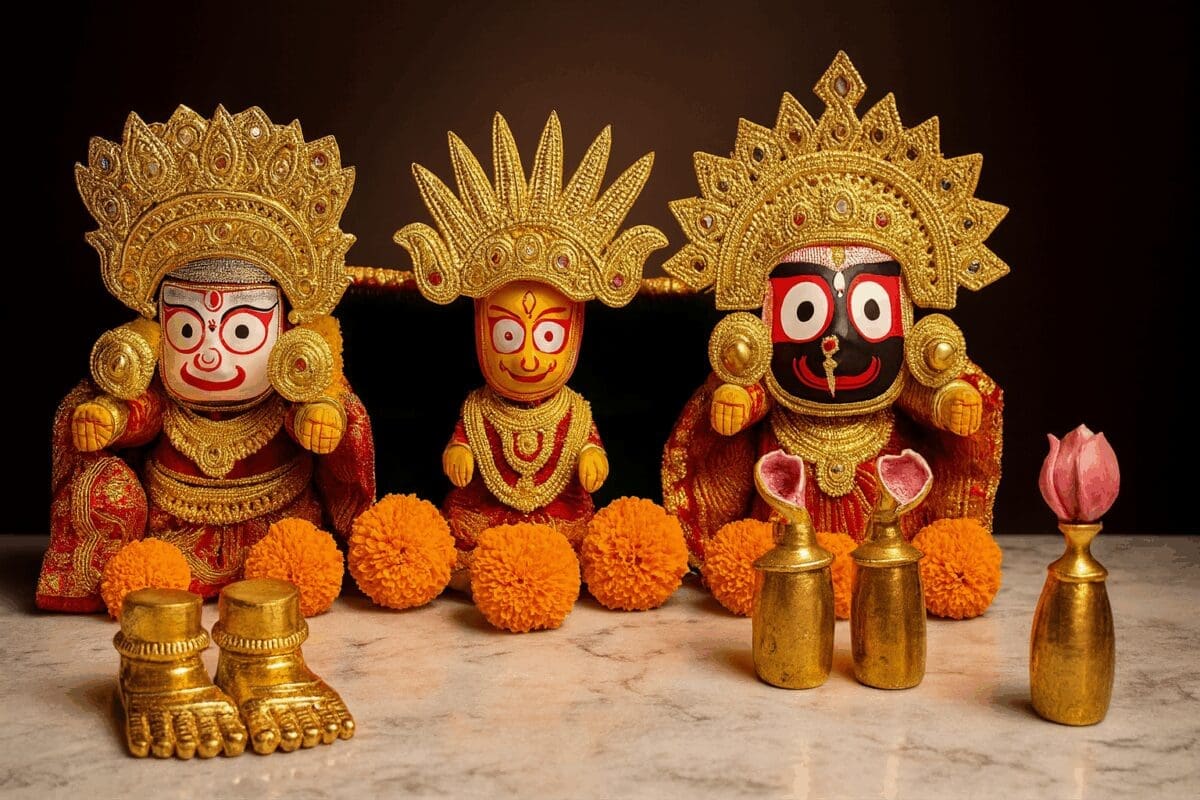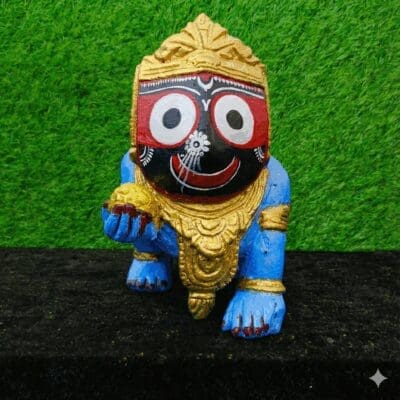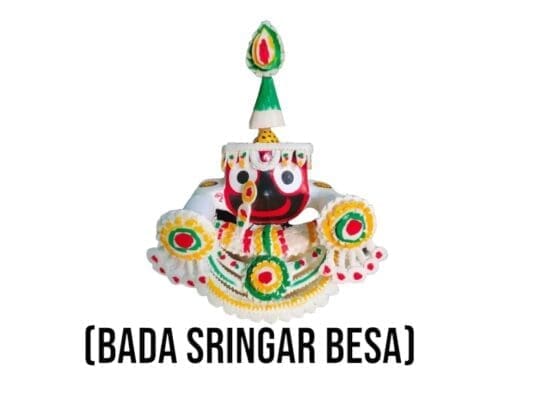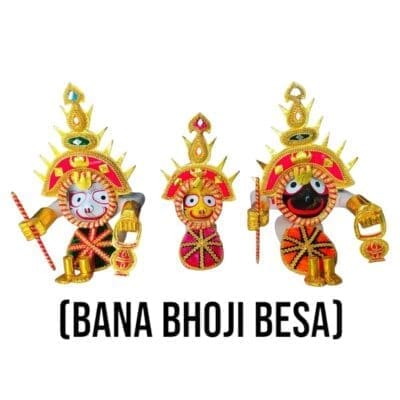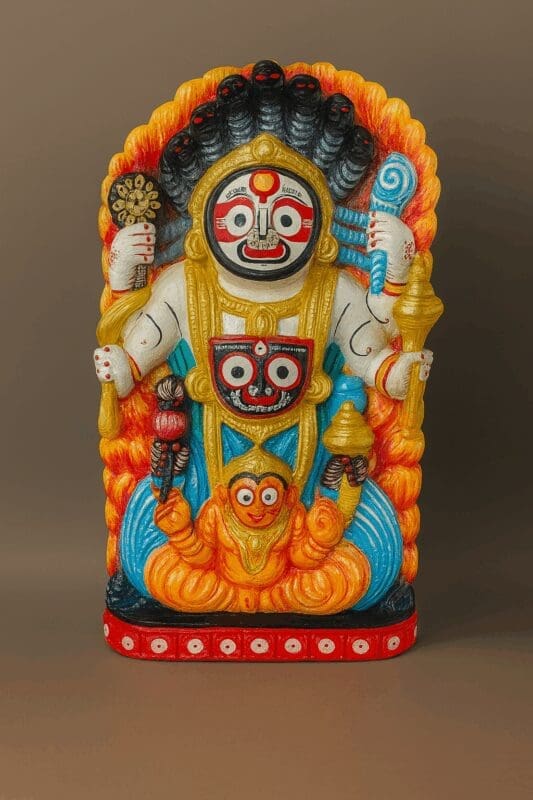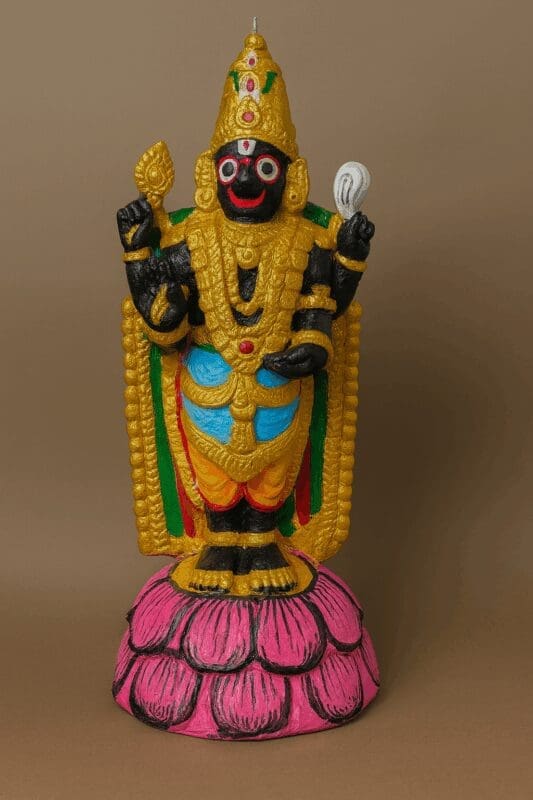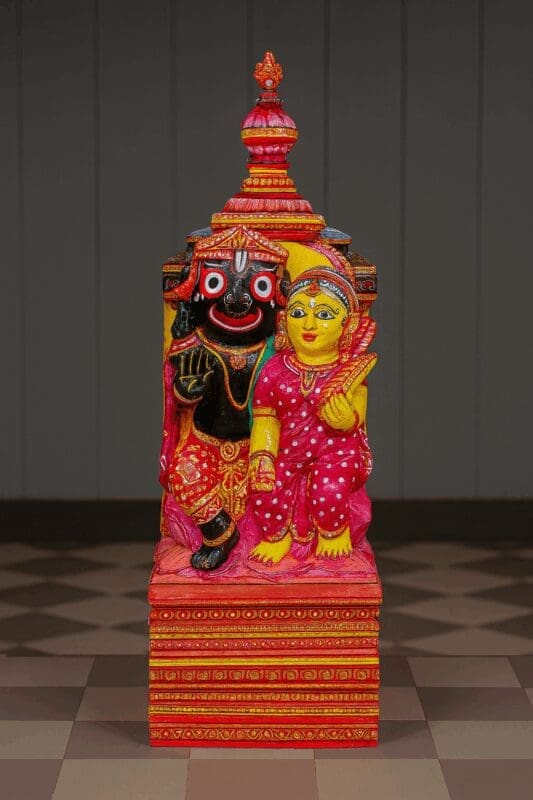
The Sun Festival: Celebrating Surya’s Radiance (Ch. 47)
Chapter 47 of “Sri Jagannath Puran” transports us to a vibrant celebration of the sun god, Surya, within the sacred landscape of Purushottama Khetra. As a historian fascinated by the astronomical and spiritual connections in ancient cultures, this chapter offers a captivating glimpse into the rituals, symbolism, and historical context of sun worship in ancient India.
Surya Puja: Honoring the Source of Light and Life
The chapter describes a grand festival dedicated to Surya, the sun god, highlighting the elaborate rituals, hymns, and offerings performed by devotees. This celebration underscores the importance of the sun as a source of light, life, and cosmic energy in the ancient Indian worldview.
Historically, sun worship has been prevalent in many cultures across the globe, with the sun often revered as a powerful deity or a symbol of divine power. In ancient India, Surya held a prominent position in the Vedic pantheon, representing the source of light, warmth, and life-sustaining energy. The “Sri Jagannath Puran” reflects this tradition by dedicating a chapter to Surya Puja, highlighting its significance within the broader religious landscape of Purushottama Khetra.
Mystical Dimensions: The Sun’s Cosmic Power
The chapter goes beyond a mere description of the festival, delving into the mystical dimensions of sun worship. Surya is portrayed as a powerful deity, capable of dispelling darkness, healing diseases, and granting boons to his devotees. The sun’s rays are seen as conduits of divine energy, capable of purifying and invigorating the body and soul.
This mystical interpretation reflects the ancient Indian belief in the interconnectedness of the cosmos and the influence of celestial bodies on human life. The sun, as the most prominent celestial object, was seen as a source of both physical and spiritual sustenance.
Symbolism and Rituals: Connecting with the Solar Energy
The chapter describes various rituals associated with Surya Puja, including the offering of flowers, water, and incense, the chanting of hymns, and the performance of circumambulation around the deity’s image. These rituals are designed to connect with the sun’s energy, invoke its blessings, and express gratitude for its life-giving power.
The text also highlights the symbolic significance of the sun in Hindu mythology. Surya is often depicted riding a chariot drawn by seven horses, representing the seven days of the week and the cyclical nature of time. The sun’s daily journey across the sky is seen as a metaphor for the human journey through life, with its cycles of birth, growth, decay, and renewal.
Connecting with the Present: The Enduring Significance of Sun Worship
While dedicated sun worship may not be as prevalent today as it was in ancient times, the sun continues to hold symbolic and spiritual significance in many cultures. The recognition of the sun’s vital role in sustaining life and its association with light, warmth, and energy remain deeply ingrained in human consciousness.
For the modern reader, this chapter offers a glimpse into the rich tapestry of ancient Indian beliefs and practices surrounding sun worship. It encourages us to appreciate the power and symbolism of the sun, recognizing its role as a source of both physical and spiritual sustenance.
 Dhanwani sankha(Blowing Sankha)
₹ 1,874.00
Dhanwani sankha(Blowing Sankha)
₹ 1,874.00 Shri Gita gobindam Book
₹ 999.00
Shri Gita gobindam Book
₹ 999.00 "Shri Jagannath Sahasranama Puja" Audio
₹ 649.00
"Shri Jagannath Sahasranama Puja" Audio
₹ 649.00 Niradrinath gift hamper
Niradrinath gift hamper
 Half-Shirt(Male)
From ₹ 1,499.00
Half-Shirt(Male)
From ₹ 1,499.00 Grace Shawl for Pooja/fastival moments and Temple Visit
From ₹ 675.00
Grace Shawl for Pooja/fastival moments and Temple Visit
From ₹ 675.00 Chandan lagi seva(sandal wood)
Chandan lagi seva(sandal wood)


 Shri Gita gobindam Book
Shri Gita gobindam Book  "Shri Jagannath Sahasranama Puja" Audio
"Shri Jagannath Sahasranama Puja" Audio 



